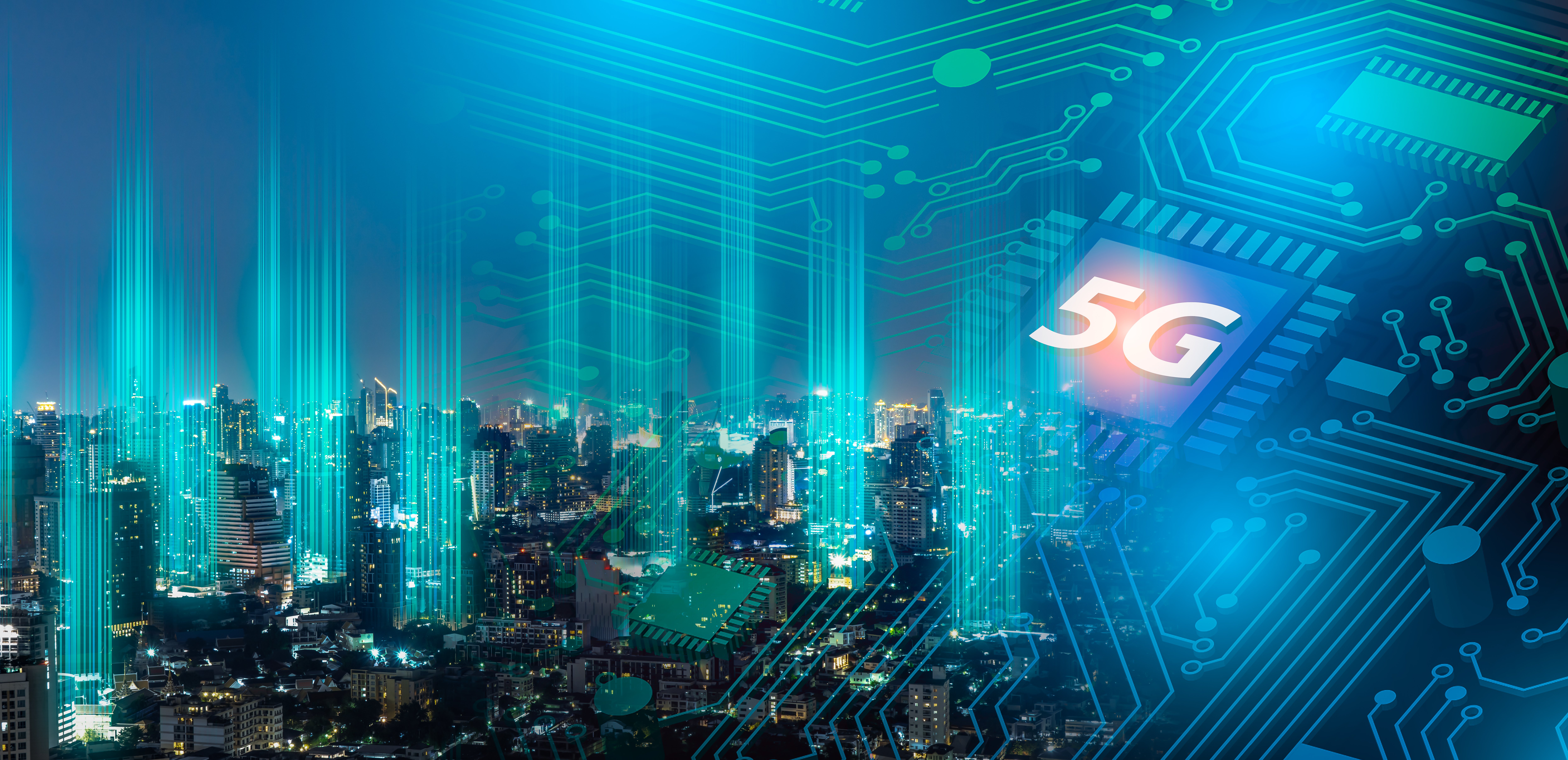In the ever-evolving landscape of telecommunications, the advent of 5G technology is heralding a new era of connectivity. This fifth-generation wireless technology promises not only faster internet speeds but a transformative impact on various industries. This blog delves into the synergy between 5G and telecommunications, exploring the implications, benefits, and the future that this powerful duo holds for the United Kingdom.

1. The Essence of 5G:
At its core, 5G represents the fifth generation of wireless technology, succeeding 4G. The key differentiators lie in its enhanced speed, reduced latency, and the capacity to connect a multitude of devices simultaneously. With speeds that surpass its predecessor, 5G is not merely an incremental upgrade; it is a leap towards a more connected and technologically advanced future.
2. Speeding Ahead:
One of the most touted advantages of 5G is its unprecedented speed. In comparison to 4G, 5G offers significantly faster download and upload speeds. This increased velocity translates into quicker internet browsing, faster downloads, and seamless streaming experiences. For telecom users in the UK, this means a leap into a realm of connectivity where delays are virtually non-existent.
3. Low Latency, High Efficiency:
Latency, the time taken for data to travel between its source and destination, is dramatically reduced with 5G. This low-latency characteristic is a game-changer, especially for applications requiring real-time responses. Industries like healthcare, gaming, and autonomous vehicles stand to benefit, with 5G ensuring that actions are executed almost instantaneously, paving the way for innovation and efficiency.
4. The Internet of Things (IoT) Revolution:
5G is the linchpin for the widespread adoption of the Internet of Things (IoT). Its ability to connect a vast number of devices simultaneously without compromising speed or reliability makes it the ideal conduit for the IoT ecosystem. Smart homes, connected cities, and industrial IoT applications are poised to thrive on the backbone of 5G connectivity.
5. Transforming Industries:
Telecommunications and 5G are on a convergence path that extends beyond individual user experiences. Industries across the spectrum are set to undergo transformative changes:
-
Healthcare: Telemedicine and remote patient monitoring will become more efficient with 5G, enabling healthcare providers to deliver services seamlessly, regardless of geographical distances.
-
Manufacturing: In the manufacturing sector, 5G facilitates the implementation of smart factories. Enhanced connectivity enables real-time monitoring and control of machinery, predictive maintenance, and efficient production processes.
-
Education: With the shift towards remote and online learning, 5G ensures a smoother experience. High-speed internet and low latency enable interactive and immersive educational content, creating a more engaging learning environment.
-
Autonomous Vehicles: The future of transportation is autonomous, and 5G plays a pivotal role. Low-latency communication is vital for the real-time decision-making required in autonomous vehicles, enhancing safety and efficiency on the roads.
6. Overcoming Connectivity Challenges:
While the potential benefits of 5G are immense, there are challenges to overcome, particularly in ensuring widespread connectivity:
-
Infrastructure Development: Implementing 5G requires a robust infrastructure of small cells and high-frequency spectrum. Extensive infrastructure development is necessary to ensure that both urban and rural areas benefit from 5G connectivity.
-
Affordability: For widespread adoption, 5G services must be affordable. Striking a balance between offering cutting-edge technology and making it accessible to a broad demographic is crucial.
-
Security Concerns: As with any advanced technology, security concerns accompany the implementation of 5G. Ensuring robust cybersecurity measures is imperative to protect against potential threats and vulnerabilities.
7. The Road Ahead for Telecoms:
For telecom providers in the UK, the integration of 5G into their networks is a strategic imperative. The race to roll out comprehensive 5G coverage is not just a matter of technological prowess; it's a competitive edge that can redefine the landscape of telecommunications services.
-
Network Expansion: Telecom companies are actively investing in expanding their 5G networks. From urban centres to remote areas, the aim is to provide comprehensive coverage, ensuring that the benefits of 5G reach every corner of the country.
-
Collaboration and Partnerships: Collaborations between telecom providers, technology companies, and governmental bodies are essential for the successful implementation of 5G. Partnerships can drive infrastructure development, address regulatory challenges, and foster a collaborative ecosystem.
-
Enhanced Services: With the introduction of 5G, telecom providers have the opportunity to offer enhanced services. From augmented reality experiences to innovative business solutions, 5G opens avenues for diversification beyond traditional connectivity services.
8. Conclusion:
In conclusion, the synergy between 5G and telecommunications is reshaping the digital landscape in the United Kingdom. The speed, low latency, and capacity for massive device connectivity make 5G not just an upgrade but a technological leap. As telecom providers race to establish comprehensive 5G networks, the transformative impact of this technology on industries and daily life is poised to unlock a new era of connectivity, innovation, and efficiency. The road ahead for telecoms in the UK is paved with the promise of a more connected, intelligent, and technologically advanced future.

Pips Houghton
Content Executive, GovNet Tech Events Portfolio.




